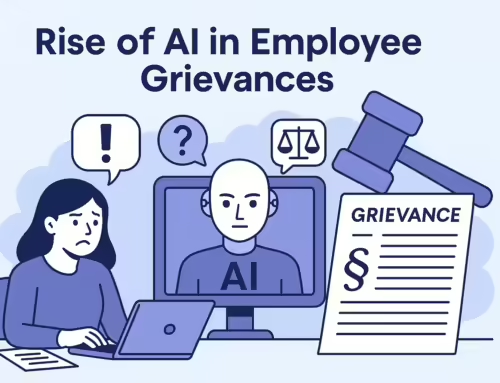Every year the CIPD publishes its annual report into Absence Management and we’ve summarised the key findings from the report below which shows that overall absence rates are on the rise , but the average cost of absence is falling.
Absence levels
The average level of employee absence has increased slightly compared with last year, from 6.6 to 6.9 days per employee, although it remains lower than in 2013 (7.6 days). There is, however, considerable variation in absence levels across and within sectors. Average absence has increased most in the public sector (where it is now 50% higher than in the private sector), while it has decreased slightly in manufacturing and production.
On average, manual workers have 1.5 more days’ absence per year than non-manual workers.
Costs of absence
The overall median cost of absence per employee (£554) has fallen slightly compared with previous years, although there is considerable variation across organisations. As in previous years, the median absence cost is considerably higher in the public sector.
Causes of absence
Minor illness remains the most common cause of short- term absence, followed by musculoskeletal injuries, back pain and stress. The most common causes of long-term absence are acute medical conditions, stress, musculoskeletal injuries, mental ill- health and back pain. Thirty per cent report non-genuine absence is a top cause of short- term absence for manual workers and 23% for non-manual workers.
Work-related stress
Overall, two-fifths of respondents report that stress-related absence in their organisation has increased over the past year, although this rises to half of public sector organisations. Larger organisations, across all sectors, are also more likely to report stress-related absence has increased. Very few report that stress-related absence has decreased. Workload remains the most common cause of stress, followed by non-work relationships/ family, management style and relationships at work.
Tackling absence
Over 80% of respondents frequently use return to work interviews as a way of trying to manage / minimise absence levels, 77% work with some form of trigger mechanism (e.g Bradford) as a way of identifying hot spots, the most frequent use of the disciplinary procedure to manage absence is within the manufacturing sector.
Image Gallery
Here are a selection of graphs from the report
Download the report
[gview file=”https://illerbyhillcouk.stage.site/wp-content/uploads/2016/03/absence-management_2015.pdf” save=”1″]













You must be logged in to post a comment.